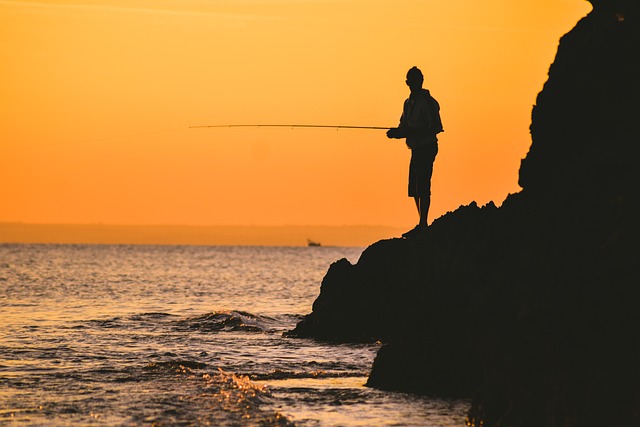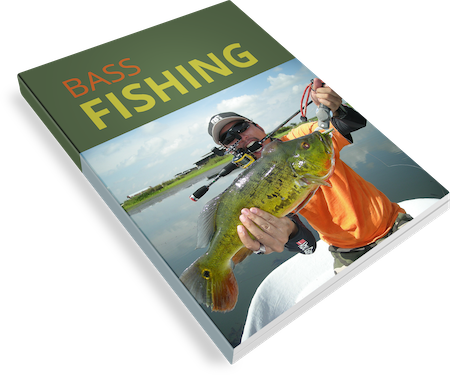Fishing is a pastime cherished by many for its blend of skill, patience, and connection with nature. Among the various techniques anglers use to catch their prize, tide fishing stands out for its unique reliance on the natural ebb and flow of the ocean’s waters. This article serves as an introduction to tide fishing, offering insight into how understanding and utilizing tidal movements can significantly enhance your fishing experience.
Understanding Tides
Tides are the long-period waves that roll around the planet as the ocean is “pulled” towards and away from the moon and sun due to their gravitational forces. This movement results in the rise and fall of sea levels known as high tide and low tide. For the tide fisher, these movements are crucial, as they influence the location and behavior of fish.
Why Tides Matter in Fishing
Fish are greatly influenced by the movement of tides. During high tide, water covers more area, allowing fish to explore regions that are usually inaccessible, such as shallow coastal estuaries and inlets. Conversely, low tide confines fish to deeper water. Understanding these patterns can help anglers decide the best times and locations to fish.
Types of Tides
- High Tide: When the water reaches its highest level. Fishing can be excellent as more areas become accessible to both fish and anglers.
- Low Tide: The period when the sea is at its lowest. Fish are more concentrated in deeper waters, which can be advantageous for fishing.
- Falling Tide: The period after high tide when the water begins to recede. Many anglers find this to be the best time to fish, as fish move with the tide, looking for food.
- Rising Tide: This occurs after low tide, as the water begins to rise. It can also be an effective time to fish, especially in estuaries and near shorelines.
How to Use Tidal Information
- Check Tidal Charts: Before planning your fishing trip, consult a tidal chart for your intended fishing location. These charts predict the times for high and low tides.
- Observe the Environment: Pay attention to how the changing tides affect the area you’re fishing in. Look for cues like the movement of baitfish or changes in water clarity.
- Adjust Techniques and Bait: Certain fishing techniques and baits are more effective during different tidal movements. For instance, bottom fishing can be more productive during high tides, while lure fishing may be better during falling tides.
Gear and Preparation
While the basic fishing gear remains the same, tide fishing might require some adjustments:
- Rod and Reel: Choose a versatile setup that can handle different types of fish and conditions.
- Bait and Lures: Have a variety of baits and lures ready to adapt to the changing conditions and fish behavior.
- Safety Gear: Always wear a life jacket when fishing near or in the water. Tidal currents can be strong and unpredictable.
Conclusion
Tide fishing offers a dynamic and rewarding way to engage with the natural rhythms of the ocean. By understanding and adapting to the ebb and flow of tides, anglers can improve their chances of a successful catch. Remember, the key to mastering tide fishing lies in observation, preparation, and respect for the water’s power. Whether you’re a seasoned angler or a beginner, tide fishing can add a new dimension to your fishing adventures. So next time you’re planning a fishing trip, consider the tides – they might just lead you to your next big catch.


